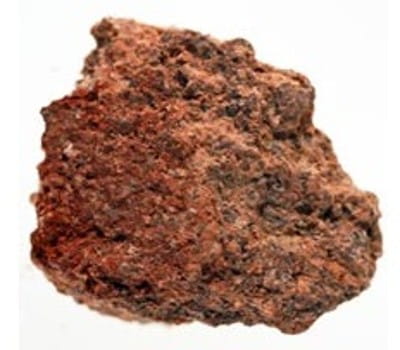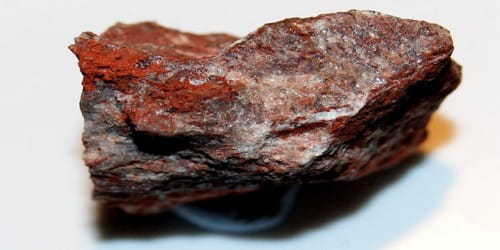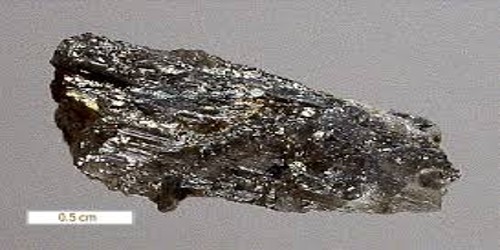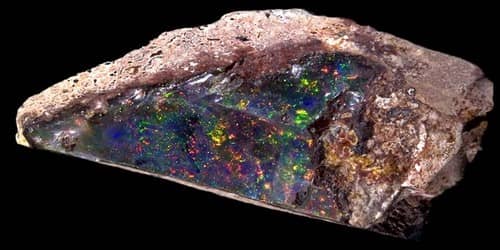Macaulayite is a red, earthy, monoclinic mineral, with the chemical formula (Fe3+, Al)24Si4O43(OH)2. It is monoclinic blood-red mineral containing aluminum, hydrogen, iron, oxygen, and silicon. The substance is currently being studied by NASA, as it is speculated that this is the substance that gives the planet Mars its color and it could prove that life on Mars can be sustained.
Macaulayite is named after the Macaulay Land Use Research Institute in Aberdeen, Scotland, which discovered the mineral in the late 1970s.
General Information
- Category: Phyllosilicate
- Formula: (Fe3+,Al)24Si4O43(OH)2.
- Crystal system: Monoclinic
- Unknown space group.

Physical Properties
The only known source of macaulayite in the world is a quarry at the foot of Bennachie, Aberdeenshire, and it is formed by granite which has been weathered by tropical climates from before the last Ice Age.
- Formula mass: 2,116.93 g/mol
- Colour: red
- Crystal habit: Earthy – Dull, clay-like texture with no visible crystalline affinities
- Luster: earthy
- Streak: light red
- Density: 4.41
- Transparency: Translucent
Study by NASA
The American space agency NASA is currently carrying out studies on macaulayite, as they believe that the substance might be present on the planet Mars. NASA scientists speculate that macaulayite may be what gives the planet its red color. Also, as macaulayite is formed in the presence of water, the existence of the mineral on Mars may help to prove that the planet could contain resources needed to sustain life.
In an interview with the BBC, Wilson said: “It is exciting because this particular mineral contains water. It’s a very fine grain mineral and water is bound to the inner surfaces. There’s been a lot of speculation about the occurrence of water on Mars. We don’t know but it could be associated with this mineral.”
Occurrence: A secondary mineral formed in deeply weathered granite.
Association: Kaolinite, illite
Information Source:
















